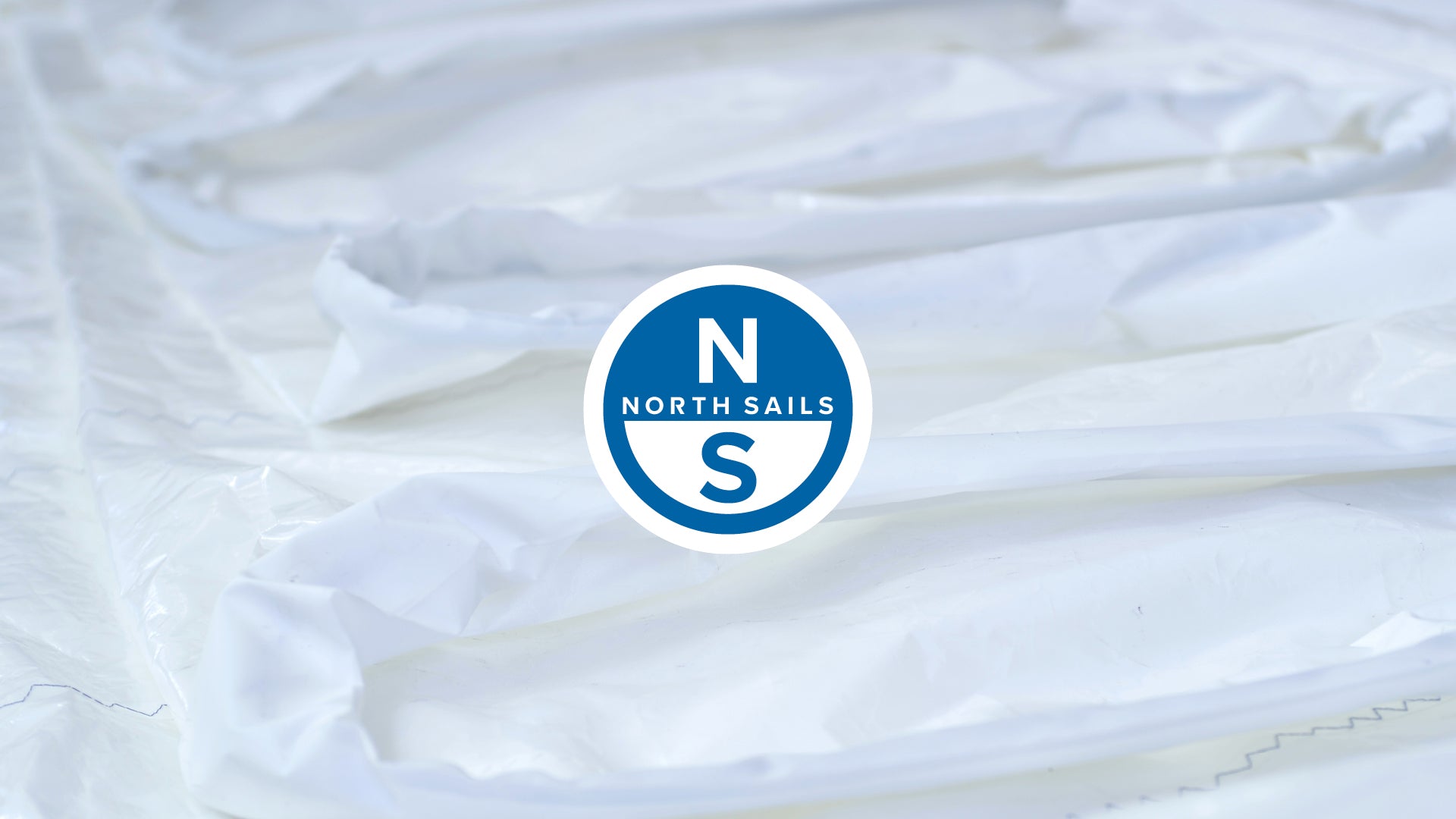LARK TUNING GUIDE
Mast: C section
Mast Foot: 2700mm (From aft transom to aft face of the mast foot)
Spreader Length: 395mm (From the outside of the shroud perpendicular to the bearing surface of the mast track)
Spreader Deflection: 155mm (From the centre of the straight line drawn from tips of the spreaders to mast)
Mast: Kappa section
Mast Foot: 2700mm (From aft transom to aft face of the mast foot)
Spreader Length: 380mm (From the outside of the shroud perpendicular to the bearing surface of the mast track)
Spreader Deflection: 145mm (From the centre of the straight line drawn from tips of the spreaders to mast)
| Wind Speed | Light 1-8 knots | Moderate 9-15 knots | 16+ Knots | |||
| Sea State | Flat | Choppy | Flat | Choppy | Flat | Choppy |
| Mast Rake (Ft/Inches) | 21″ 11″ | 21′ 9″ | 21′ 7″ | |||
| Rig tension (lbs) | 330 | 297 | 264 | |||
| Mast Ram | Pull forward to flatten the main | Pull back to keep the mast straight as kicker is applied | Pull back to ease over bending | |||
| Cunningham | None | Take out minor creases | Lower the cunningham block further by 30mm | |||
| Outhaul | Hard | Ease 20mm | Ease 20mm | Hard | ||
| Kicker | Take up slack | Keep top tell-tale flying 90% | Hard | |||
| Centreboard | Leading edge vertically down | Raise 1-2’’ | Raise 3-4’’ | |||
Jib Fairleads
The position of the fairleads affects the foot and leech tensions; pulling the fairleads forward is the same as pulling the barber haulers on. Moving them back in the boat increases the foot tension and allows the top half of the jib to twist open (see the top tell-tale break before the lower ones). Moving them forward has the
opposite effects of opening the foot slightly, and closes the leech.
Light Winds (1-8 knots)
The pulley for jib sheeting should be set so if you follow the line of the jib sheet it bisects the clew at roughly 45 degrees. The general rule for light air sailing is to keep the flow of air moving through slot (leech of the jib to the luff of the main). Aim to have the higher tell-tales lifting before the lower ones as this shows the direction of flow is more biased to the top of the leech (twist)
Moderate winds (9-15 knots)
As the breeze starts to build you should be aiming for max power. Here you will be able to move the fairlead forward to close the slot to help stop losing power at the head of the jib. Again, sheet the jib aiming to get the higher tell-tales lifting before the lower ones.
Heavy winds (16 knots+)
The jib sheeting should be moved forward again to help close the leech. If the luff of the main starts to turn inside out the slot is being stalled, you may need to ease the sheet and move the fairleads back to help open and keep the flow of air exiting the sails as quick as possible.
Spinnaker Trim
The spinnaker should be flying so the two clews (two bottom corners) are level, then ease the leeward sheet so the luff (sail edge nearest the wind) just starts to flicker back on itself. A handy tip is the tie the halyard to the head of the kite so there is 2 inch gap from the knot to the edge of the sail, this helps the kite fly freely.
This is purely a tuning guide and has been prepared to help you get the most out of your North Sails as quickly as possible. Some of these numbers will differ from boat to boat. Feel free to modify and experiment in small steps to find what suits you best. If you find settings that really work well, mark these clearly and please keep us informed.



























